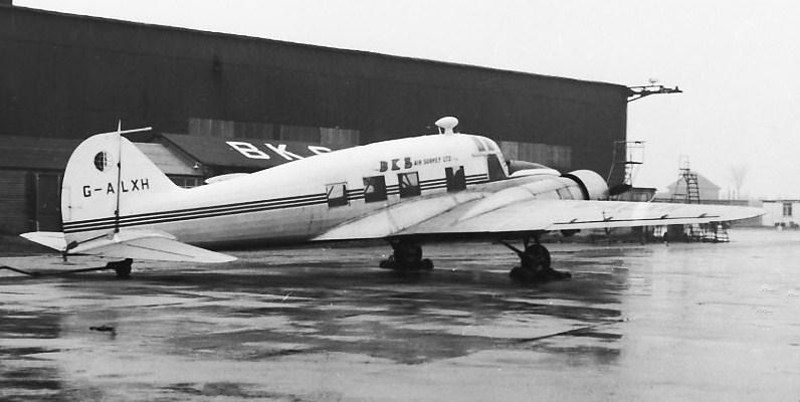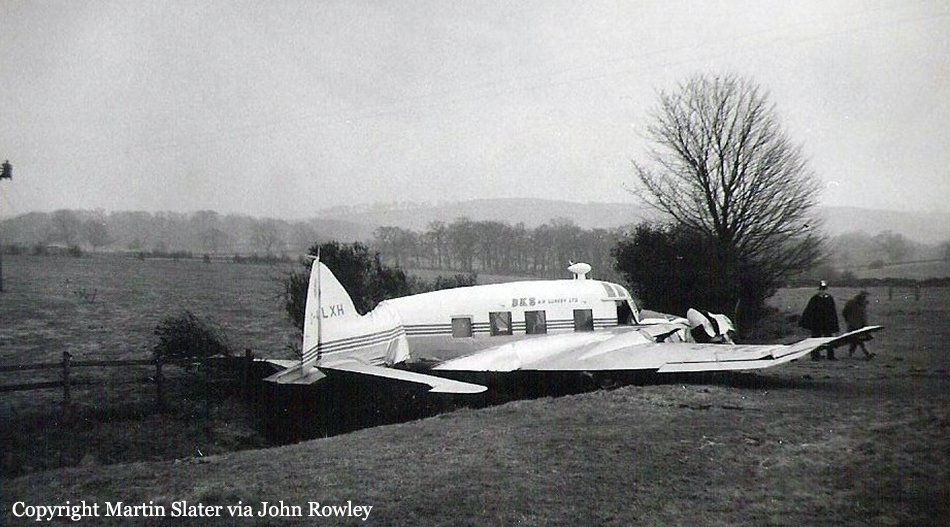Crash of a Dornier DO.28A-1 in Rhens: 1 killed
Date & Time:
Jun 2, 1965
Registration:
D-IBEW
Survivors:
No
MSN:
3048
Crew on board:
1
Crew fatalities:
Pax on board:
0
Pax fatalities:
Other fatalities:
Total fatalities:
1
Circumstances:
While on a positioning flight, the twin engine aircraft collided with a Lockheed F-104G Starfighter of the West German Air Force (Luftwaffe) registered DA+103. While the crew of the fighter was able to land, the pilot of the Dornier lost control of the airplane that dove into the ground and crashed. The pilot was killed. The exact circumstances of the collision remains unclear.












